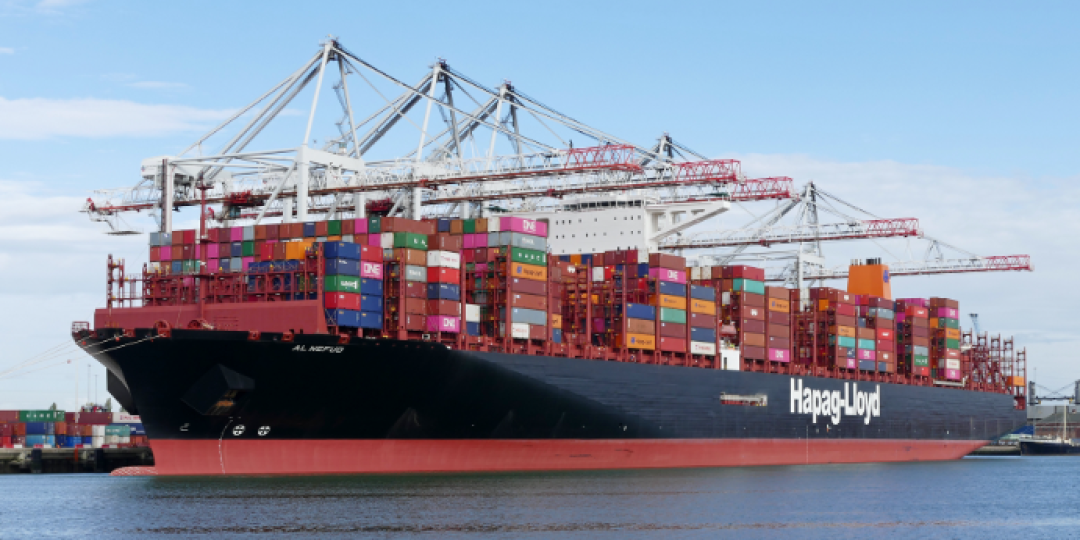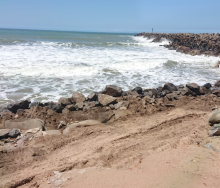Despite a massive influx of over two million TEU of newbuild container vessels joining the global fleet so far in 2024, the pool of open tonnage available for charter remains at record low levels.
This presents a significant challenge for box ship managers looking to compensate for schedule delays and essential dry-docking by tapping into the charter market.
According to the latest survey by Alphaliner, there were only 67 vessels with a combined capacity of 195 159 TEU recorded as commercially idle as of 12 August.
It represents a mere 0.6% of the world's 30 million TEU global fleet capacity.
This is an exceptionally low level, highlighting the intense demand for container shipping capacity.
According to Mike Wackett, writing for The Loadstar, the influx of newbuild vessels has been driven by a sustained ordering spree during the pandemic, when carriers experienced record profits.
However, the timing of these deliveries has coincided with improved schedule reliability, softer demand, and reduced congestion in the industry.
Industry analysts warn that the oversupply situation is likely to worsen in the coming years, with the current order book showing newbuild vessels with a cumulative capacity of roughly 6.6 million TEU, or nearly 30% of the world's total fleet, slated for delivery in 2024-2025.
This could lead to significant pressure on freight rates and profitability for carriers.
Despite the concerns over long-term overcapacity, the immediate challenge for carriers is finding sufficient tonnage to meet current demand.
The rerouting of ships around Africa due to the ongoing crisis in the Red Sea has added an estimated 10-20% to the capacity needed to manage global container trades.
As carriers continue to grapple with these challenges, the tight charter market and limited availability of open tonnage are likely to persist in the near term, putting pressure on carrier operations and costs.













